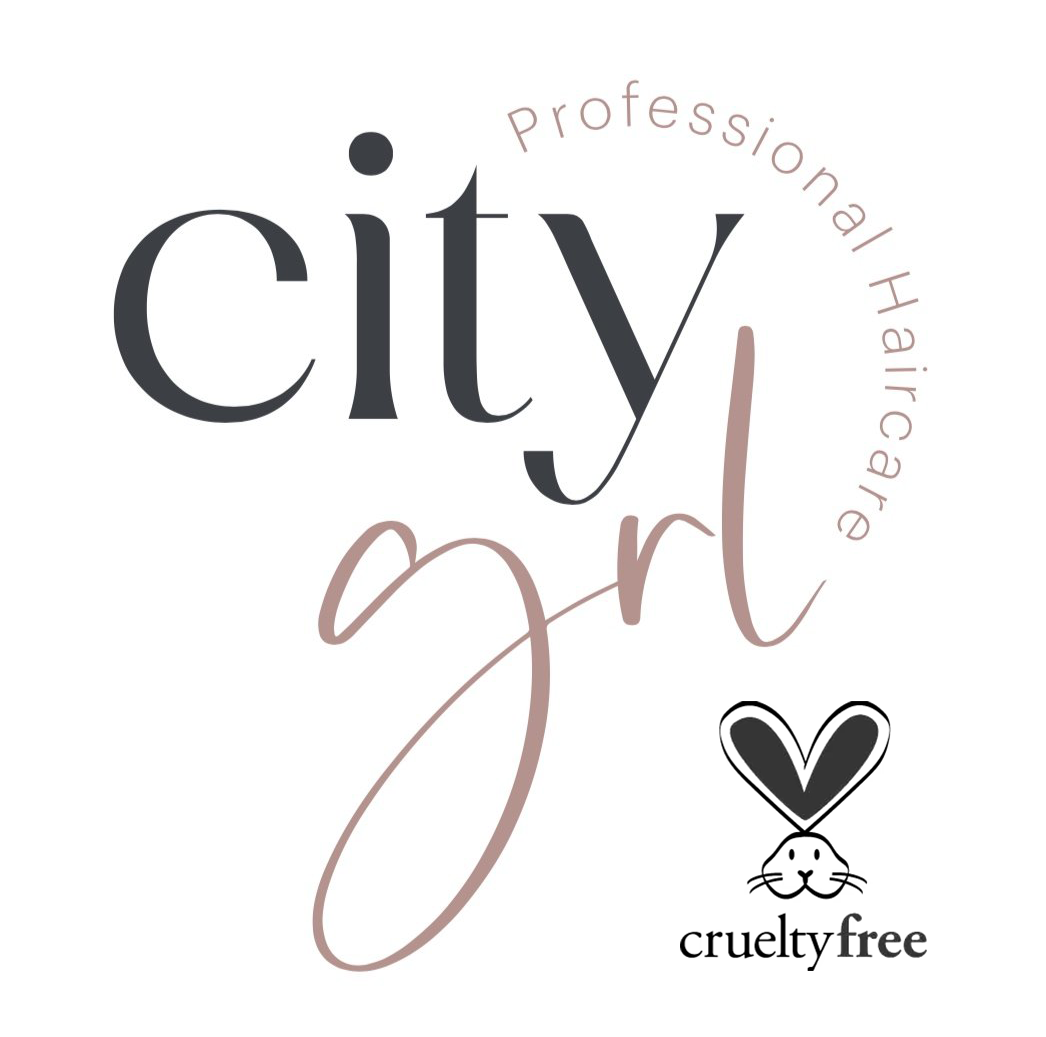Questions We Should Be Asking Our Stylist
Often, it's intimidating to sit in that salon chair, surrounded by amazing furniture and other clients who seem fancier than you. So, you decide to be agreeable…and then wind up with a cut you're unhappy with. The bottom line is, stylists want you to like your hair. (It makes our hearts soar!) So, it's important to ask us questions throughout the process. That way, you're both on the same page once it's all said, done, and cut. Here’s a handful of helpful questions to get you started! Tell us what other questions you have and CityGRL will help provide the answers!
What Is the Overall Health of My Hair and Scalp?
This is an amazing question and one that we just don't get as often as we would like. Most of us, will sort of try to get into it, but as a client you have to be open to suggestions. "On a scale of 1 to 5, have your stylist rate your hair and scalp," suggests Dana Caschetta, a New York-based stylist. "This gives your stylist a comfortable way to broach the subject of hair health with you, a topic that may not be something you want to hear, but rather something you need to hear. Your stylist can also recommend treatments and products to help get your hair back in shape if it's in poor condition.
What Hair Color Complements My Skin Tone Best for This Season?
"Our skin tones change from season to season—so, be mindful of the upcoming season and if your skin will warm up," recommends Caschetta. "Sun-kissed skin can usually carry a deeper, darker color than pale skin (it tends to wash lighter colors out)."
How Often Should I Be Shampooing?
Those with coarse hair can go a few extra days than someone with fine hair, so, be sure to get a professional recommendation," Caschetta says. "This also comes back to any scalp issues you may be having. If you're experiencing an oily scalp or dry, itchy flakes, it could be caused by over washing (or not frequently enough) for your hair type. Get some answers on what works best for you and if you need to purchase a dry shampoo to help fight oil, your stylist can make a recommendation."
What Shampoo and Conditioner Are You Using?
It's important to know what is being used on your hair when you're at the salon. Many shampoos and conditioners have water as their base. Water may dilute the good ingredients in a product and dry out your scalp Most people use the wrong shampoo and conditioner for their hair type, so their hair never reaches its potential or you're stuck wondering why your hair never looks the way you want. Your hair type is different from roots, mid-lengths, and ends and you may need to adjust the shampoo and conditioner you are using on different areas of the hair. For example, if you have an oily scalp but dry or damaged ends, you will want to use a clarifying or pH balancing shampoo on the roots (like Christophe Robin Purifying Shampoo, $38) and an ultra-moisturizing or smoothing shampoo on the ends (like Ouai Repair Shampoo, $28). This hair type may want to avoid conditioner on the roots and just focus a very hydrating conditioner on the ends like Tresemmé Repair & Protect 7 Mask ($5). The point is, be aware of your hair type at the root, mid-length, and ends, and adjust your shampoo and conditioner accordingly."
What Is Your Professional Recommendation for Home Care?
I always recommend using professional products that are purchased from your stylist to insure these items are what they say they are.
Your hairstylist isn't just trying to sell you products, they are trying to help you maintain your look until your next appointment. We would hate for you to love your hair the day you get it done and then not be able to manage it once you leave the chair. Plus, some hair needs to be put on a particular regimen for several weeks to see improvement, like strengthening and rebuilding breakage and split ends. Being specific with an at-home regimen can make all the difference."
What Styling Tools Will I Need to Duplicate This Look?
Because our tools are just as important as our products.
Be sure to ask about the size of the round brush or the type of bristles you should use for your hair type. The larger the round brush, the smoother your hair will turn out. The smaller the round brush, the more movement, and body you will get. Don't forget to ask about hot tools too—curling irons, wands, and flat irons may have been used in the salon and perhaps may be needed to make styling a bit easier at home. Your stylist will be happy to give you tips and tricks that are easy to execute.
When Should I Schedule My Next Appointment to Maintain This Look?
Knowing ahead of time how frequently you will need to be back at the salon is important. Your look should be conducive to your lifestyle, schedule, and budget. Opening the discussion about how often you want to come in and the time you have at home to style will allow your stylist to make adjustments to your color and haircut to work within your needs. If I have a guest with a crazy work schedule or a guest who's a new mom, I suggest a rooted balayage instead of highlights (where they will see the line of demarcation in a couple of weeks). The same goes for a short haircut. If someone doesn't have the time to be back in the salon every three to four weeks to maintain the shape, I recommend something a little longer and more forgiving while it grows out."




